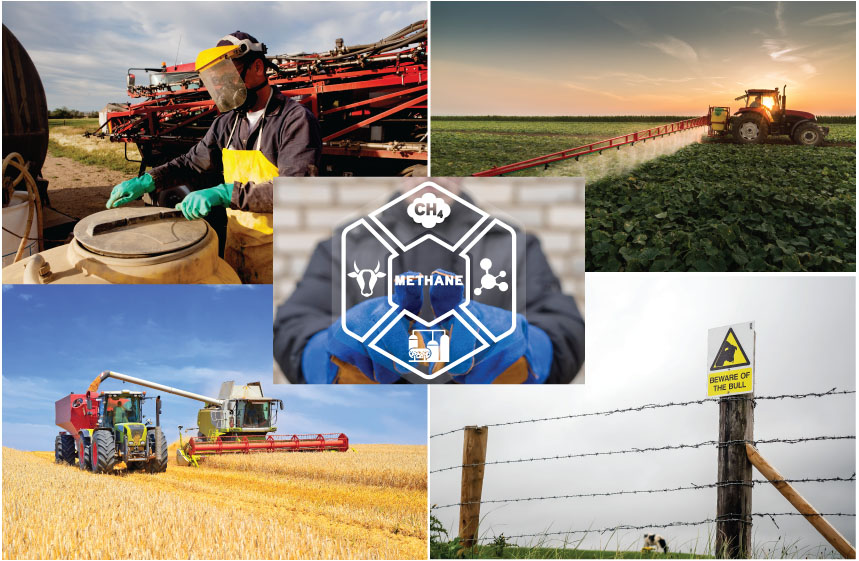
Injuries related to vehicles are the number one cause of accidents on farms, with hundreds injured in the last five years. In fact, vehicle-related incidents account for almost a third (30%) of agricultural fatalities in that time.
So, why are the fatality rates so high in agricultural work, and what can be done to lower them?
What is Agricultural Work?
Agricultural work is an umbrella term that covers all careers related to farming and cultivation. This could be anything to do with rearing animals, growing produce, forestry, maintaining pastureland, and more.
As of June 2022, the total number of people working in agriculture in England alone was 301,000. While this is a relatively small number of people for an entire sector, these jobs tend to involve the frequent use of heavy machinery. As a result, the rate of fatal accidents in farming and agriculture is higher than in any other sector.
Most Common Farm Accidents
According to the HSE, workers in agriculture, forestry and fishing are 20 times more likely to be killed at work than the average for all other sectors. While agriculture only accounts for 1% of the UK’s total workforce, it is responsible for 20% of fatal work-related accidents.
Some of the most common types of fatalities in the agriculture sector are as follows:
- Operating vehicles and other heavy machinery
- Falls
- Toxic chemical exposure
- Suffocation
- Heat
- Animal related injuries
In March 2023, the HSE launched a campaign to reduce the number of agricultural vehicle injuries. They have launched a website that focuses on regulated advice for the farming sector on the steps they should make to increase safety on the farm.
How can you take matters into your own hands when improving the safety of your agricultural work?
Operating Agricultural Vehicles Safely
One way that safety can be improved in the agricultural sector is for all workers to be aware of the quality and working order of their machinery.
Make sure that you’re carrying out regular maintenance checks on your vehicles according to each one’s manufacturer guidelines. Agricultural vehicles and machinery can be incredibly dangerous, so always be sure that they’re in full working order before operating.
Always wear your seatbelt/lapbelt when operating machinery, and never have any loose tools with you in the cab of the vehicle. These can be incredibly dangerous if not fastened down in the event of an accident.
Keep People and Vehicles Apart
You should always keep vehicles away from pedestrians and other workers whenever possible. You can do this by having separate routes and pathways around the area for each to use, so that one never needs to encounter the other.
You should also make a point of marking the location of any livestock, as these can also pose a danger to workers just as machinery could endanger the animals.
Preventing Falls
Alongside operating machinery and vehicles, falls are one of the most common dangers of working in agriculture. Namely, working on roofs, using ladders, and stacking and loading are common parts of the day-to-day work on a farm, and all pose a risk of falling from a height.
Always provide the right safety equipment when working on any high platforms. If the work is taking place outside, you should also be sure to only carry it out if the weather conditions are adequate. A wet surface will make it more likely for you to slip and fall.
Work Safely with Label Source
At Label Source, we supply a range of farm safety signs that can help to keep you, your co-workers, and your animals safe. From machinery notices to animal warning signs and electric fence notices, stay safe with Label Source’s signage.
Get in touch today to find out more about how we can help you, or check out our blog for more useful advice.